Fast 135mm lenses live a bit of a wallflower existence compared to their more popular 85mm f/1.4 cousins. For portrait photography, they require extra distance and some users don’t like the more compressed scene. However, yours truly is rather fond of this lens class. i.e. They can often also serve as a viable substitution for comparatively slower 70-200mm f/2.8 lenses. One of these lenses is the Samyang AF 135mm f/1.8 FE. It sells for around $700-800 USD give or take, which is about a third (!) of the Sony FE 135mm f/1.8 GM. If it can deliver, it would be an incredible steal of a deal.
Ideally, a lens should have at least one standout aspect. On top of its low price tag, the Samyang has another one – its weight. Fast 135mm are heavy but at just 772g, Samyang managed to undercut both the Sony and Viltrox 135mm f/1.8 by quite a margin. Of course, glass is glass so they can’t really change it, but the lens body is made of lightweight, yet good-quality plastics. The broad rubberized focus ring turns very smoothly. A focus limiter switch lets you constrain the focusing to two different ranges to suit your shooting applications. There’s also a focus stop button. A custom switch can be used for lens-based control over select exposure or shooting functions, such as aperture selection – configured via Samyang’s lens station (optional). The lens station can also be used for firmware updates. An interesting feature is the “Astro-mode”. It can be activated by holding down the focus hold button while turning on your camera. A red light near the mount indicates that the mode is active. Technically, it simply locks the lens at infinity focus. The lens is also weather-sealed.
The Samyang AF 135mm f/1.8 FE uses an STM (Stepping-motor) for autofocusing. It’s reasonably fast, although we wouldn’t recommend it for sports/action photography. We’ve seen a few AF accuracy issues in the lab, but it was mostly spot on during our field trips with this lens. Manual focusing works “by-wire” as usual.
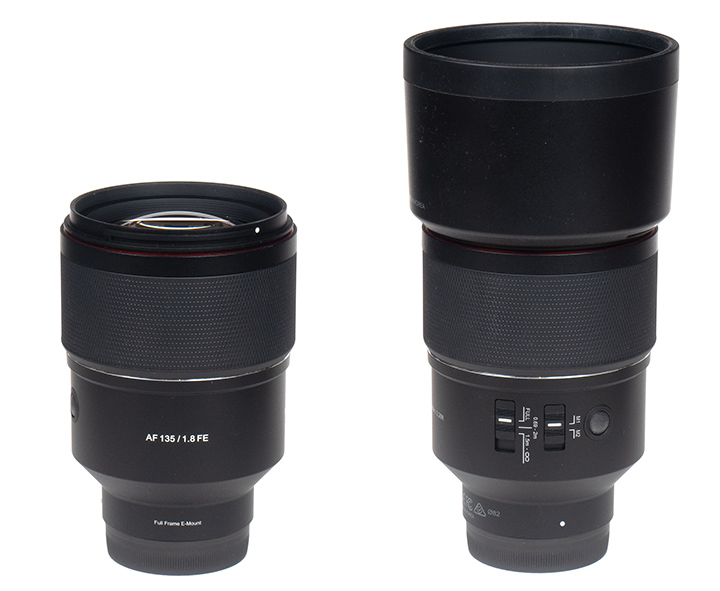
| Specifications | |
|---|---|
| Optical construction | 13 elements in 11 groups (3x ED, 1x aspherical, 2x HR) |
| Number of aperture blades | 11 (rounded) |
| min. focus distance | 0.69m (max magnification: 0.243x) |
| Dimensions | φ93×129.6mm |
| Weight | 772g |
| Filter size | φ82mm |
| Hood | barrel-shaped (bayonet mount, supplied) |
| Other features | Weather-sealing Astro-mode compatible with the Samyang lens station |
Distortions
Medium tele prime lenses are generally very well corrected regarding image distortions – and this also applies to the Samyang AF 135mm f/1.8 FE. A pincushion distortion of just 0.35% is barely noticeable already, and autocorrection has an easy task correcting this here.
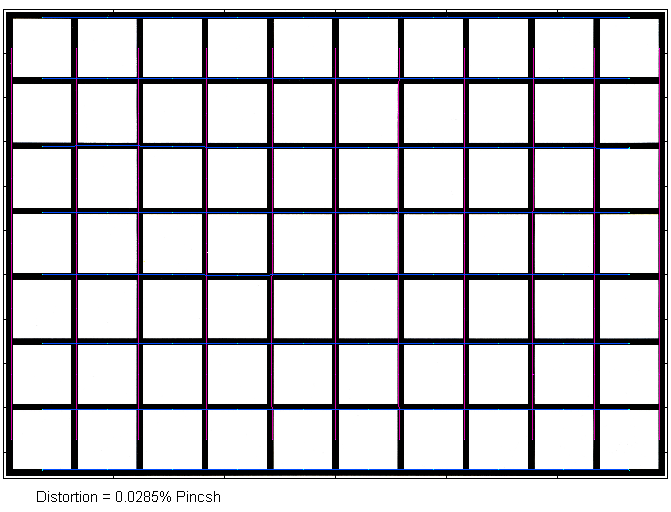
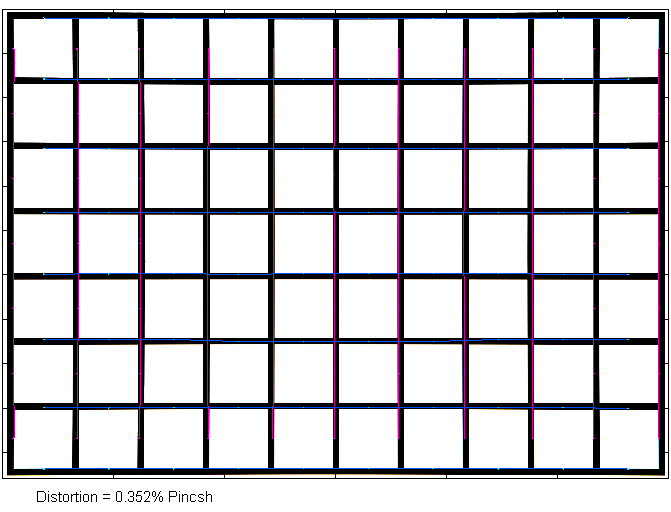
Vignetting
The vignetting characteristic is typical for a fast medium tele lens. In RAW images, there’s some noticeable light falloff of 1.4 EV (f-stops) at f/1.8 which calms down to 0.8EV at f/2.2 already. The RAW vignetting is negligible at f/2.8 and basically gone from f/4.
Autocorrection is mostly active at f/1.8 where it shaves off 0.6EV. This should be fine in all but very critical scenes.
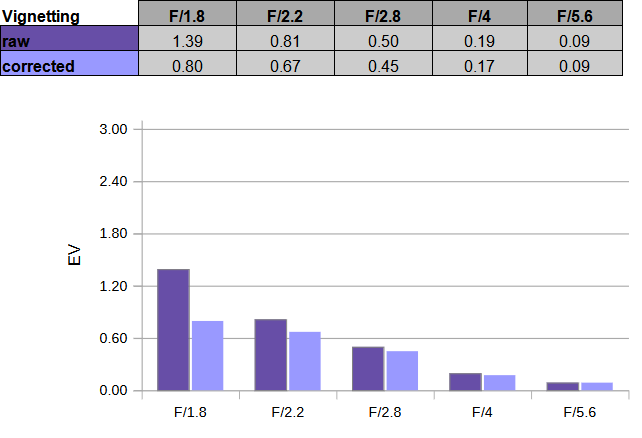
MTF (resolution) at 42 megapixels
The resolution figures are fairly typical for a modern Samyang “pro” lens. At maximum aperture, the results are decent, although not bitingly sharp for a prime lens. The center quality is very good to excellent, whereas the corners are only good here. Stopping down to f/2.2 boost the sharpness quite a bit already. The peak performance is reached between f/4 and f/8 with an excellent broader center and a very good to excellent outer image field. Diffraction has an impact at f/11, but the setting remains perfectly usable. f/16 and beyond should be avoided as usual.
The centering quality of the tested sample was good. Field curvature is minimal.
Please note that the MTF results are not directly comparable across the different systems!
Below is a simplified summary of the formal findings. The chart shows line widths per picture height (LW/PH) which can be taken as a measure of sharpness. If you want to know more about the MTF50 figures, you may check out the corresponding Imatest Explanations.
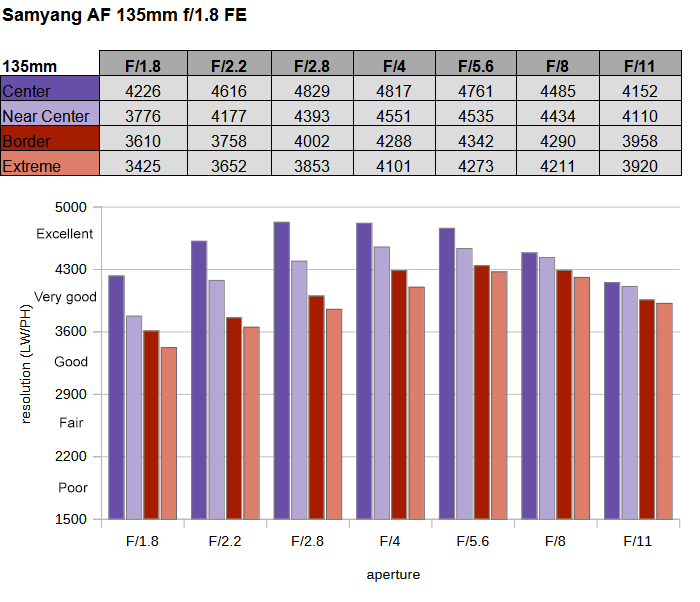
Chromatic Aberrations (CAs)
Lateral CAs are very low, with an average CA pixel width of 0.5px at the image borders. Autocorrection can handle this easily without any loss in image quality.

Bokeh
The formal characteristics described above are important, but that’s not the primary reason for purchasing such a lens. You buy it for shallow depth-of-field photography, so let’s check out the bokeh.
Out-of-focus highlights are nicely rendered, with a mostly clean inner zone and no outlining at f/1.8. Stopping down to f/2.2 the disc edges get a little bit more accentuated. The circular shape (in the center) is maintained at f/2.2. A slightly edgy aperture shape creeps in at f/2.8 – despite the high number of aperture blades (11).
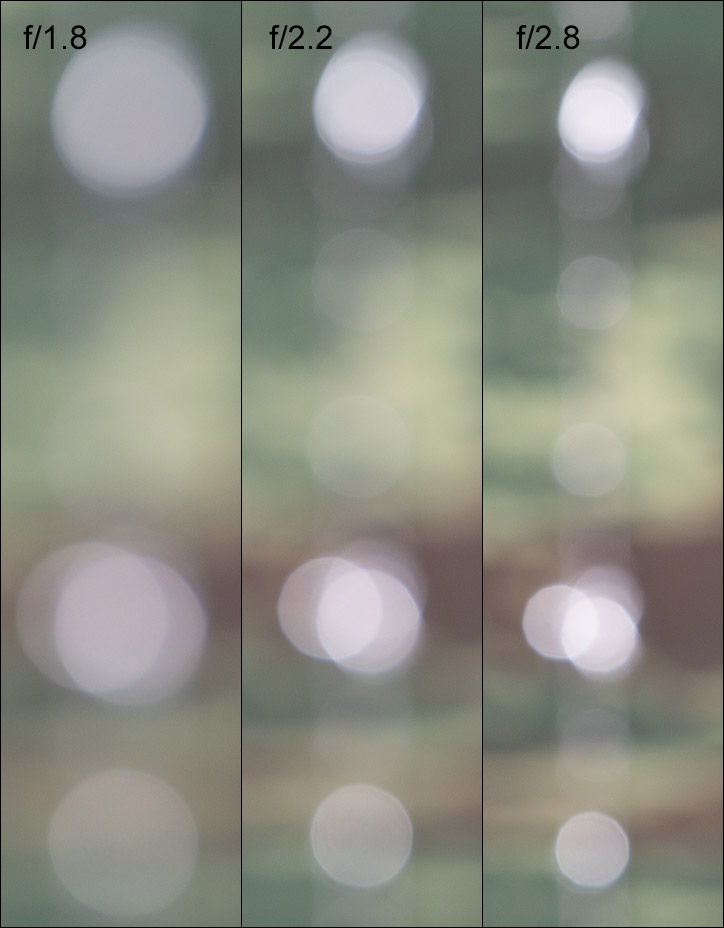
When looking at the whole image frame, we can observe a rather normal deterioration of the disc shapes towards the image corners. At f/1.8, the discs remain intact in the broader image center. In the far corners, “cat eyes” are obvious. The border discs are restored to their circular shape at f/2.2 already, and the corner discs follow at f/4.
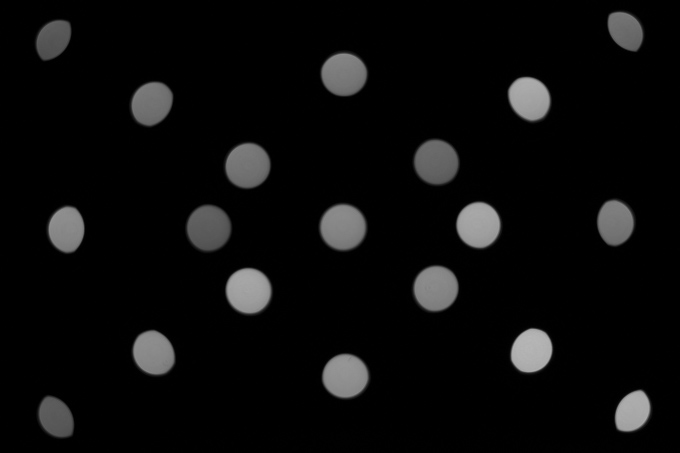
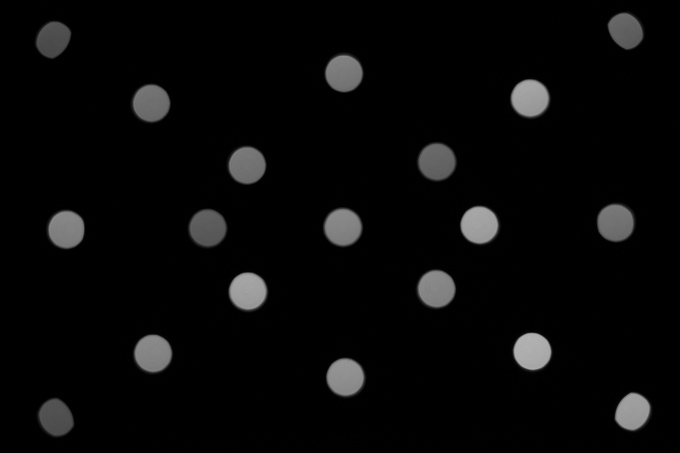
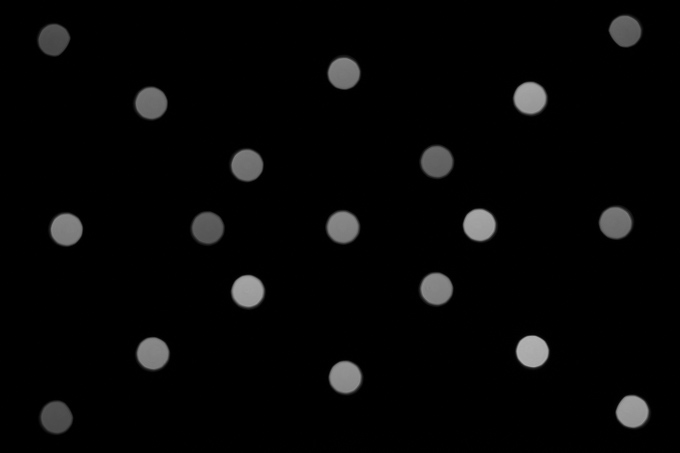
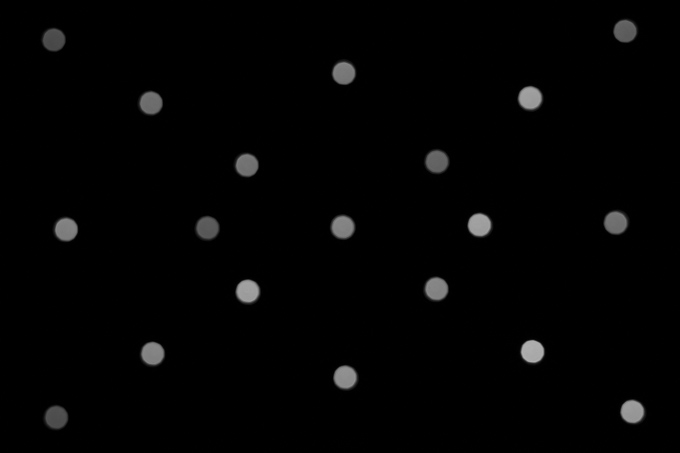
The rendering in the focus transition zones is excellent, with smooth edges and nicely blurred contrast steps – both in the image background (shown to the left below) and the foreground (to the right).
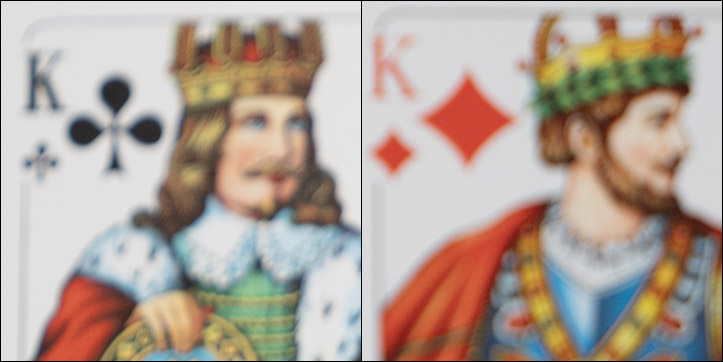
Bokeh Fringing / LoCA
LoCAs, aka bokeh fringing, is a color fringing effect on the Z-axis. It shows up with a purplish tint in front of the focus point and a greenish tint behind – and it’s nearly impossible to fully correct in post.
The Samyang AF 135mm f/1.8 FE isn’t corrected in this respect, so some color fringing can be noticeable at very large aperture settings. The issue is mostly gone from f/4.
You may also notice that the focus point remains spot on when stopping down, so focus shifts are no problem with this lens (= no RSAs).
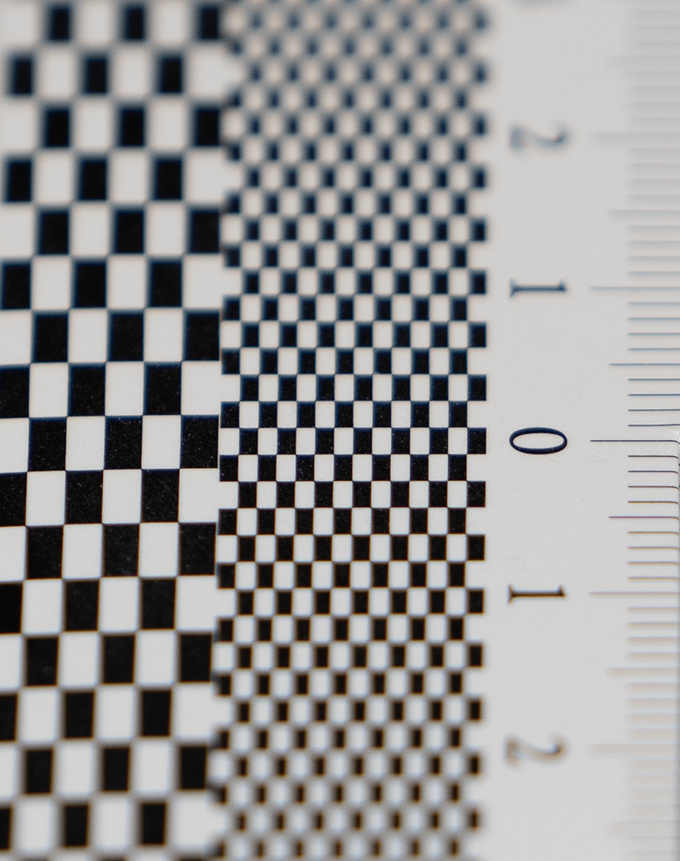
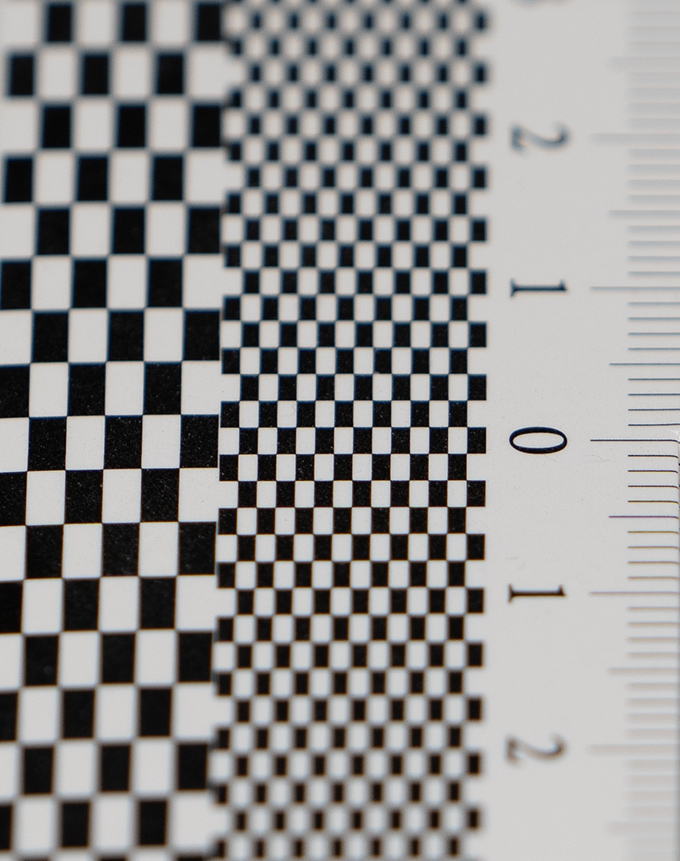
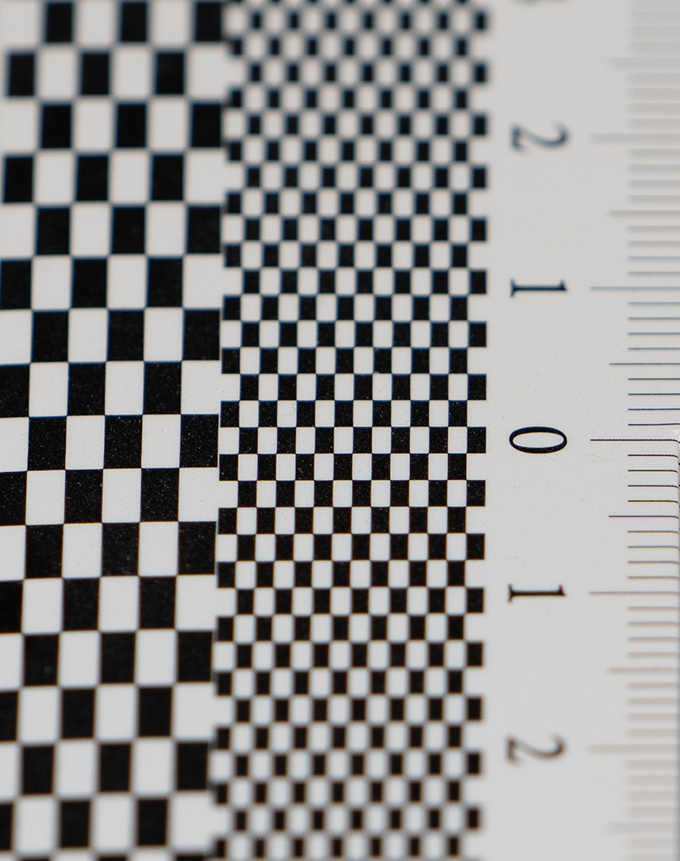
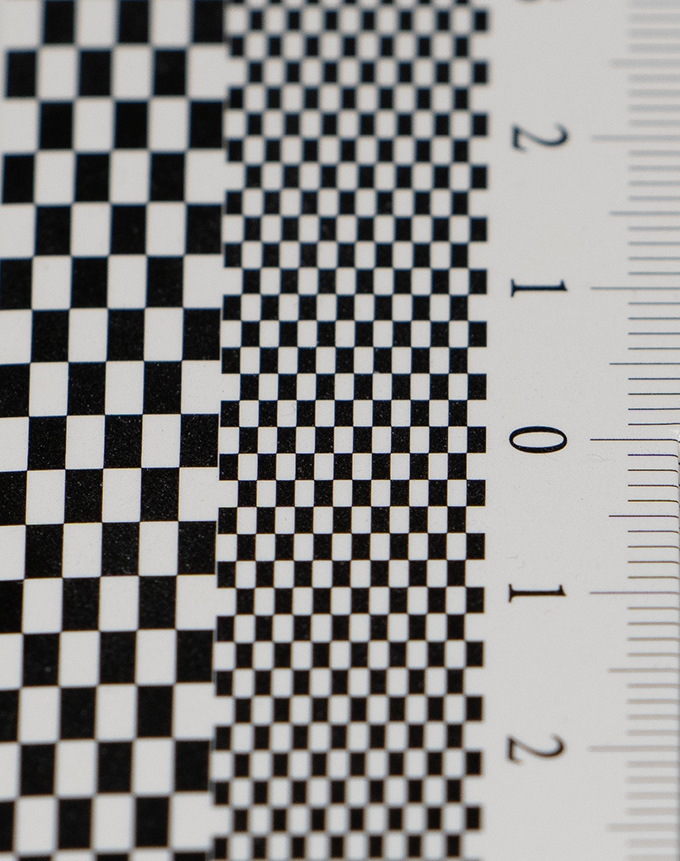
Competition
The Samyang AF 135mm f/1.8 FE has two main competitors at this point – the already mentioned Sony FE 135mm f/1.8 GM and the Viltrox AF 135mm f/1.8 LAB FE. We haven’t tested the Sony GM lens yet, but it is likely the top dog in this class. The Viltrox LAB is pretty awesome, with an optical performance that is slightly superior. It is, however, substantially heavier (1300g vs 772g) than the Samyang so there’s a price to pay for the extra kick in sharpness. Price-wise the Samyang and Viltrox are pretty much comparable, whereas the Sony lens requires a much heftier investment.
Sample Images
The Samyang AF 135mm f/1.8 FE delivered a mostly impressive performance during our testing. The lens is already sharp at f/1.8 albeit without truly standing out. The quality improves towards medium aperture settings, where the sharpness reaches outstanding levels. The vignetting is typical for a fast prime. In RAW images there's some noticeable light falloff, but after autocorrection that's not really an issue anymore. Lateral CAs are low, and image distortions are negligible. Axial CAs (LoCAs) are noticeable at large aperture settings. This isn't unusual, but this kind of CAs is difficult to correct in post. The quality of the bokeh is very good - and that's probably as important as the sharpness in this lens class.
In terms of mechanical execution, Samyang went all in with engineered plastics. However, that's not a bad thing. The plastic quality "feels" pretty good and unlike metal bodies, plastics aren't as prone to scratches, and they can take a nudge without denting easily. The lens is also weather-sealed. The AF is generally fast enough unless you want to use it for sports/action photography. Samyang has a bit of a tradition when it comes to astrophotography. The manual focus 135mm f/2 has a great reputation in this community, and this newer AF version has a dedicated astro-mode that is calibrated for infinity focus.
The Samyang AF 135mm f/1.8 FE is an attractive option in this market segment. It combines a high optical performance in a comparatively lightweight package - and all at a very attractive price point. Thus - highly recommended!
-
Optical Quality
-
Build Quality
-
Price / Performance


